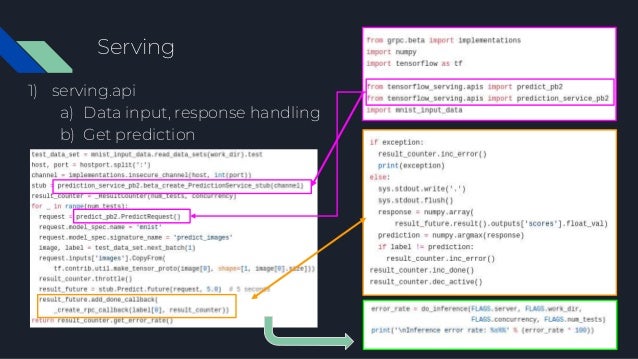

It means you will install Ipython, Jupyter, and TensorFlow in an appropriate folder inside our machine. Now we can create and configure our conda environment using the following commands. To run Tensorflow with Jupyter, you need to create an environment within Anaconda. If you didn't, then you can search for and run Anaconda Prompt.įigure 3 - Searching for Anaconda Prompt on Windows 10.

If you added Anaconda to your PATH environment during the installation process, then you can run these commands directly from Terminal, Powershell, or CMD. You can complete all the steps using the Anaconda Navigator (graphical interface), but we will use the command-line interface, simply because it will give us a better report if and when something goes wrong. Again, there are many ways to accomplish this. JupyterLab Install JupyterLab with pip: pip install jupyterlab Note: If you install JupyterLab with conda or mamba, we recommend using the conda-forge channel. Once Anaconda is installed, we need to create and configure our environment. python -m ipykernel install user name tensorflow display ‘TensorFlow-GPU’ 7.Open your Jupyter Notebook. I recommend getting the latest Anaconda version (2019.07 at the time of writing this section), and selecting a Python 3.X version.įigure 2 - Downloading an Anaconda Distribution for your operating system. Install TensorFlow-GPU kernel using command below. To get up and running, just visit the Anaconda website and download a version of Anaconda for your operating system. Anaconda is free and easy to install, and it offers free community support. One approach I can recommend is to install and use Anaconda.Īnaconda® is a package manager, an environment manager, a Python/R data science distribution, and a collection of over 1,500+ open source packages. There are many different ways to get up and running with an environment that will facilitate our work.
#JUPYTERLAB TENSORFLOW CODE#
We will write all of our code within a Jupyter Notebook, but you are free to use other IDEs such as P圜harm or Spyder.įigure 1 - A Jupyter Notebook being edited within Jupyter Lab. These instructions are written for Tensorflow v1, so you will see some specific package versions listed throughout for compatibility. We will be using Python 3 along with typical packages from its scientific stack, such as numpy (for multi-dimensional containers), pandas (for DataFrames), plotly (for plotting), etc. JupyterLab can be installed using conda, mamba, pip, pipenv or docker. As such, we need the right tools and environments available in order to keep up with the examples and exercises. We are taking a practical approach in the following sections.


 0 kommentar(er)
0 kommentar(er)
